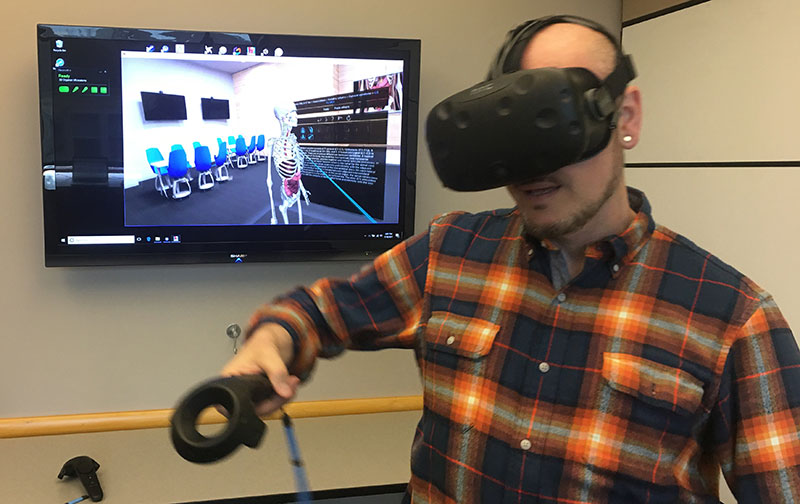Immersive Learning
Immersive learning is the emergence of new and robust learning technologies that use Virtual Reality (VR), Augmented Reality (AR) and 360 (or spherical) video. These technologies can shape and enhance medical education by moving the learning beyond other more static presentations.

VR is emerging as a powerful tool to either visualize and interact with information in three dimensions, or simulate real-life scenarios. At its best, such learning can provide a place for medical learners to practice procedures or techniques before performing them in the hospital or clinic.
AR involves adding a layer of information over real-world experiences in clinical or medical practice.
360 video can be used to bring the learners into new experiences as an observer, particularly in cases where access to an environment may otherwise be challenging or impossible.
All of these technologies allow our learners to experience medical practice in ways they haven't been able to in decades past. This takes our learners even closer towards the competencies they need to master in order to become stellar physicians. We are creating pilots and ways to explore this emerging area to enhance the Bridges Curriculum.
